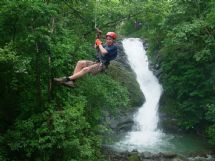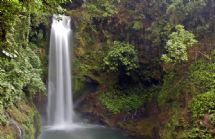Rafael Ángel García
Costa Rican Urban Landscape by Rafael 'Felo' Garcia
The diverse life experiences of Rafael Ángel García, including time spent as a professional soccer player, architect and teacher, help make him one of Costa Rica's most intriguing 20th century artists.
How It All Began
García was born in 1928 near the city of Cartago, which is around 15 miles east of San José. In 1947, he went to London to study architecture, after which he moved to Cuba to become a professional soccer player. While in Cuba, he met Manuel de la Cruz González, a Costa Rican artist who inspired him to look into painting as a means of expressing himself.
Over the next several years, García worked several different jobs as he honed his painting skills. While playing soccer in Colombia, he painted the slums of Cali and Medellín. In 1951, he returned to Costa Rica and took a job at the Ministry of Public Works and Transportation. During this time, he worked to develop his techniques alongside Teodorico Quirós, a famous architect and landscape painter.
García found his artistic calling after he returned to England in 1954. While in London, he learned about abstract expressionism, and he spent the next several years working with fellow art students to produce abstract works of art.
Other Forms of Expression
After coming back to Costa Rica in 1956, García found that the country had little exposure to abstract art. Consequently, he worked to spread awareness of other forms of expression, using unusual materials like burned resin, nuts, sheet metal and wood to create unique pieces. Additionally, he frequently painted scenes from Costa Rica's slums, reflecting his training in architecture and urban planning.
A Dream Come True
In 1971, García achieved a dream he had held for many years when he was named the first director of the University of Costa Rica's new School of Architecture. During his tenure as the administrator of the institution, he used his artistic background to spearhead new approaches to urban architecture, particularly with a research project that evaluated bamboo as a potential low-cost resource for development in impoverished areas.
Through his long career, García's tendency to be on the forefront of Costa Rican culture earned him the nickname "El adelantado" ("The advanced"). Additionally, his large body of work in the fields of painting and architecture resulted in his being awarded the 2008 Magón National Prize for Culture, the highest honor given to artists in Costa Rica.
7 Days / 6 Nights
Starting at $932 per person
10 Days / 9 Nights
Starting at $1,071 per person




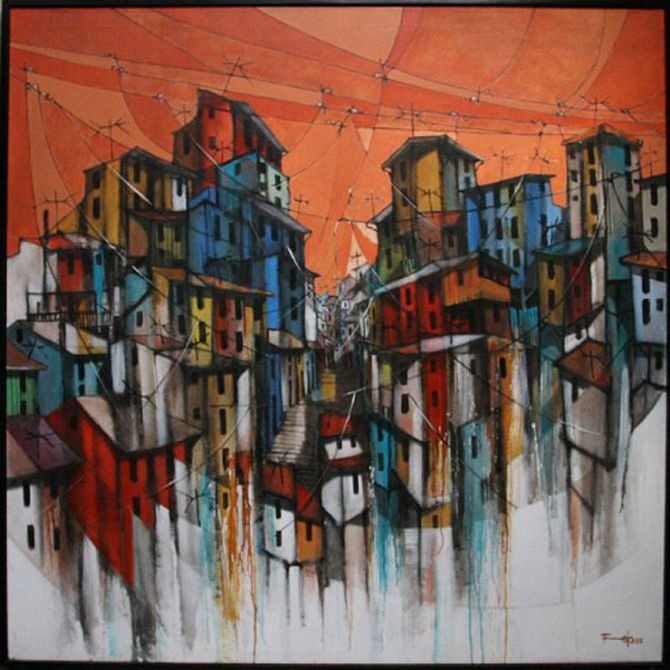
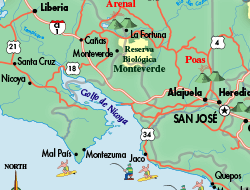
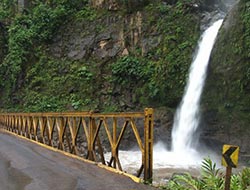
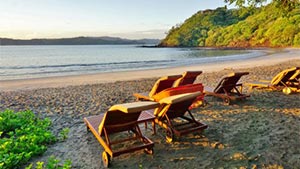
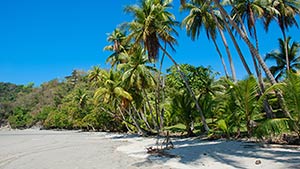
.jpg)
